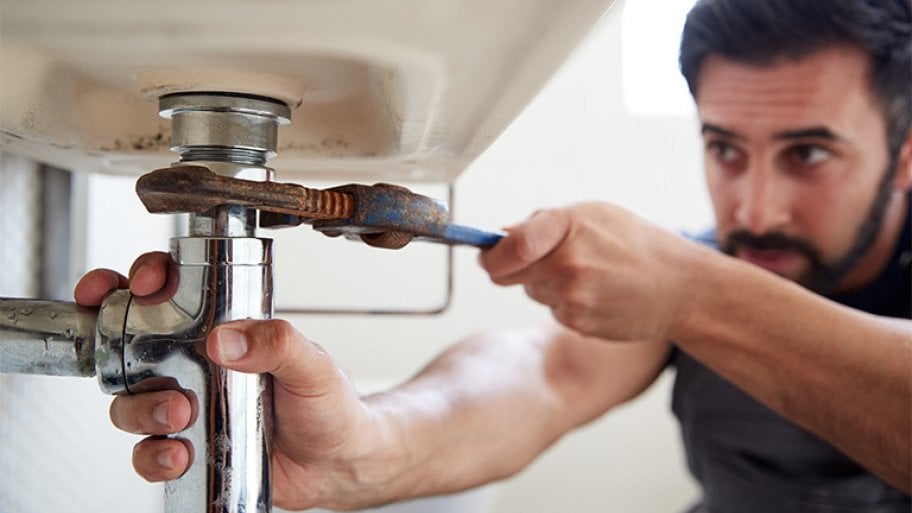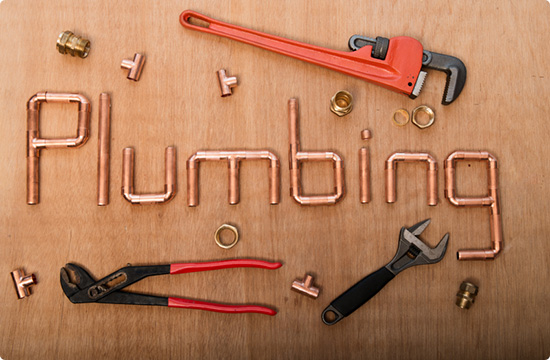Plumbing Sound Type Checklist
Plumbing Sound Type Checklist
Blog Article
How do you really feel about How To Fix Noisy Pipes?

To diagnose loud plumbing, it is essential to establish first whether the undesirable noises take place on the system's inlet side-in other words, when water is turned on-or on the drain side. Noises on the inlet side have actually differed causes: excessive water stress, used valve and also faucet parts, poorly attached pumps or other appliances, inaccurately positioned pipeline fasteners, and plumbing runs containing way too many limited bends or other restrictions. Sounds on the drainpipe side typically stem from poor area or, just like some inlet side noise, a format consisting of tight bends.
Hissing
Hissing sound that occurs when a tap is opened somewhat typically signals excessive water stress. Consult your regional water company if you believe this issue; it will certainly be able to inform you the water pressure in your location as well as can install a pressurereducing shutoff on the inbound supply of water pipe if needed.
Thudding
Thudding noise, usually accompanied by trembling pipes, when a tap or home appliance shutoff is shut off is a condition called water hammer. The sound as well as resonance are caused by the resounding wave of stress in the water, which unexpectedly has no area to go. In some cases opening up a shutoff that discharges water swiftly right into a section of piping including a constraint, elbow, or tee installation can generate the same problem.
Water hammer can usually be cured by setting up installations called air chambers or shock absorbers in the plumbing to which the trouble valves or faucets are linked. These devices enable the shock wave developed by the halted circulation of water to dissipate in the air they consist of, which (unlike water) is compressible.
Older plumbing systems might have short vertical areas of capped pipeline behind walls on faucet runs for the very same purpose; these can ultimately loaded with water, decreasing or damaging their performance. The remedy is to drain pipes the water system completely by turning off the main water system shutoff and opening all taps. After that open the primary supply shutoff and close the taps individually, starting with the tap nearest the shutoff and ending with the one farthest away.
Babbling or Shrieking
Intense chattering or shrieking that takes place when a valve or faucet is turned on, and that normally goes away when the fitting is opened completely, signals loosened or malfunctioning inner parts. The service is to change the shutoff or tap with a new one.
Pumps and appliances such as washing makers and also dishwashers can transfer electric motor sound to pipelines if they are poorly connected. Link such products to plumbing with plastic or rubber hoses-never inflexible pipe-to isolate them.
Other Inlet Side Noises
Creaking, squealing, scratching, snapping, as well as touching usually are caused by the growth or tightening of pipelines, typically copper ones supplying warm water. The audios occur as the pipes slide against loose bolts or strike close-by home framework. You can typically determine the location of the issue if the pipelines are exposed; just adhere to the sound when the pipes are making sounds. Most likely you will find a loosened pipeline hanger or an area where pipelines exist so close to floor joists or other framing pieces that they clatter versus them. Affixing foam pipe insulation around the pipes at the point of call need to fix the issue. Make certain bands and hangers are safe as well as give adequate support. Where possible, pipeline bolts need to be attached to massive structural elements such as foundation walls rather than to mounting; doing so minimizes the transmission of resonances from plumbing to surface areas that can amplify and transfer them. If connecting bolts to framework is inescapable, wrap pipes with insulation or other durable product where they get in touch with fasteners, as well as sandwich completions of brand-new bolts between rubber washers when installing them.
Fixing plumbing runs that experience flow-restricting limited or many bends is a last resource that must be embarked on just after seeking advice from a knowledgeable plumbing specialist. Regrettably, this circumstance is relatively typical in older houses that may not have actually been constructed with indoor plumbing or that have seen numerous remodels, specifically by beginners.
Drain Sound
On the drain side of plumbing, the chief goals are to eliminate surface areas that can be struck by dropping or hurrying water as well as to protect pipes to contain inescapable audios.
In brand-new building, tubs, shower stalls, toilets, and wallmounted sinks as well as basins must be set on or versus resilient underlayments to reduce the transmission of audio via them. Water-saving bathrooms and faucets are much less loud than traditional models; mount them rather than older types even if codes in your area still allow utilizing older fixtures.
Drains that do not run up and down to the basement or that branch into horizontal pipeline runs supported at floor joists or various other mounting present particularly troublesome sound issues. Such pipes are huge enough to radiate substantial vibration; they also lug considerable amounts of water, that makes the circumstance worse. In brand-new construction, specify cast-iron dirt pipes (the huge pipelines that drain commodes) if you can afford them. Their enormity contains a lot of the sound made by water going through them. Additionally, avoid directing drains in walls shown bedrooms as well as areas where individuals gather. Wall surfaces containing drainpipes must be soundproofed as was defined earlier, utilizing double panels of sound-insulating fiber board and wallboard. Pipelines themselves can be wrapped with special fiberglass insulation created the function; such pipelines have an impervious plastic skin (sometimes consisting of lead). Results are not constantly satisfactory.
3 Most Common Reasons for Noisy Water Pipes
Water hammer
When water is running and is then suddenly turned off, the rushing liquid has no place to go and slams against the shut-off valve. The loud, thudding sound that follows is known as a water hammer. Besides being alarming, water hammer can potentially damage joints and connections in the water pipe itself. There are two primary methods of addressing this issue.
Check your air chamber. An air chamber is essentially a vertical pipe located near your faucet, often in the wall cavity that holds the plumbing connected to your sink or tub. The chamber is filled with air that compresses and absorbs the shock of the fast moving water when it suddenly stops. Unfortunately, over time air chambers tend to fill with water and lose their effectiveness. To replenish the air chambers in your house you can do the following. Turn off the water supply to your house at the main supply (or street level). Open your faucets to drain all of the water from your plumbing system. Turn the water back on. The incoming water will flush the air out of the pipes but not out of the vertical air chamber, where the air supply has been restored. Copper pipes
Copper pipes tend to expand as hot water passes through and transfers some of its heat to them. (Copper is both malleable and ductile.) In tight quarters, copper hot-water lines can expand and then noisily rub against your home's hidden structural features — studs, joists, support brackets, etc. — as it contracts.
One possible solution to this problem is to slightly lower the temperature setting on your hot water heater. In all but the most extreme cases, expanding and contracting copper pipes will not spring a leak. Unless you’re remodeling, there's no reason to remove sheetrock and insert foam padding around your copper pipes.
Water pressure that’s too high
If your water pressure is too high, it can also cause noisy water pipes. Worse, high water pressure can damage water-supplied appliances, such as your washing machine and dishwasher.
Most modern homes are equipped with a pressure regulator that's mounted where the water supply enters the house. If your home lacks a regulator, consider having one professionally installed. Finally, remember that most plumbers recommend that water is delivered throughout your home at no lower than 40 and no greater than 80 psi (pounds per square inch).
Whatever the state of your plumbing, one thing is certain — you’re eventually going to encounter repair and replacement issues around your home that require professional help. That’s where American Home Shield can come to your aid.
https://www.ahs.com/home-matters/repair-maintenance/causes-of-noisy-water-pipes/

I was brought to that write-up about Why Do My Pipes Make Noises through an associate on another web property. So long as you appreciated our post please make sure you remember to pass it around. Kudos for your time. Visit us again soon.
Free Estimate Report this page